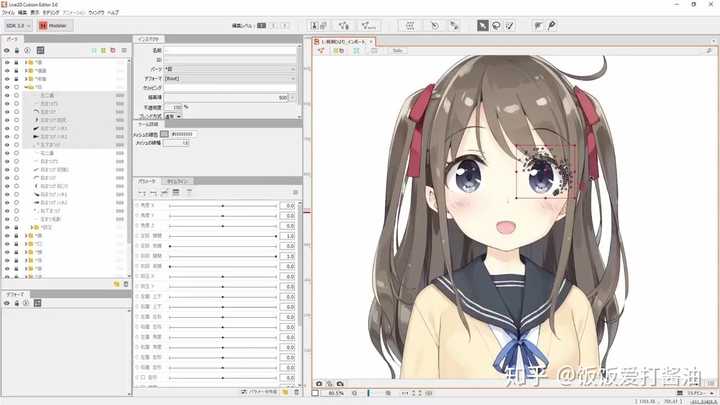
You could probably draw new faces to cover up the openings and still have a single mesh. You could also have a single mesh and merely delete the triangles, but this might leave openings in the mesh which is generally frowned upon. So there are no triangles to deform because there are no shared triangles. The bones/armature become the transforms.Īnyway, at that point you no longer have any connection between the two pieces. Likewise, the transforms of each mesh will be unused. For this, you don't need the parent-child relationship because the armature will hold the model together when its skinned and rigged. In rigid animation, there's no armature but rather a parent-child relationship between meshes. The difference here is that I would use bones. In that case, I might do something similar to rigid animation where I made each part a completely separate mesh. Or if the two vertices are close enough together it may be difficult to even see that a miniscule triangle is deforming. You could either put it in a spot where its hidden and not seen, or separate the two vertices. Now to complicate this, if there is a shared triangle or face between two vertices in separate body parts the triangle or face is going to deform when the two vertices move away from one another. If you set it to one bone for the weighting it will follow that bone very rigidly. A big part of skinning is assigning multiple bones to a vertex and then weighting the percentage of influence of each bone. As long as each vertex is 100% assigned (weighted) to ONE bone it is not going to stretch.

You could model a robot as a single mesh with skinned animation.

DRAGONBONES MESH DEFORM SKIN
I think the difference is in how you skin it, not in what type of animation to use.

What you want is probably skinned animation. Generally the animation is done through code.

I haven't tried to use such a model in blender but I've animated such models in other environments such as XNA. I mean you can, but if you create an object mesh in blender and then create sub objects and "parent" them to the main object, because they are separate objects - they each will have their own transform even though no bones or armature has been created. These inverses change with any manipulation of a bone's location or axes, and without these bone inverses, the positions of child objects cannot be calculated.Rigid animation (as I suppose opposed to rigid skinning) "generally" doesn't use bones/armatures.
DRAGONBONES MESH DEFORM UPDATE
The reason that edit mode manipulation of straight bone parenting doesn't update the position of child objects until you tab out of edit mode is that, in order to improve performance for creation and editing of an armature, bone inverses are not calculated until the mode switch. (There's some potential for "bone relative" being a poor name, as which kind of bone parenting is relative is a matter of perspective.) When you do that, edit mode manipulations of bones will change the bone without changing the positions of any bone-relative children.īone relative parenting will solve your problem without requiring you to use armature deformation (which has a performance cost, and which requires additional effort in creating and filling vertex groups.) When you parent an object with bone relative, you are telling Blender that its position should be the same for any rest position of the bone, regardless of what that rest position is. Other answers are accurate, but there is another option here, which is to parent bone relative rather than straight bone parenting.


 0 kommentar(er)
0 kommentar(er)
